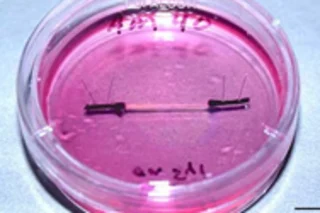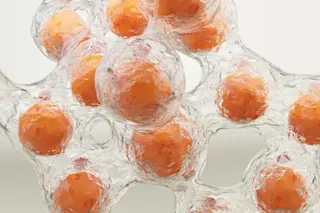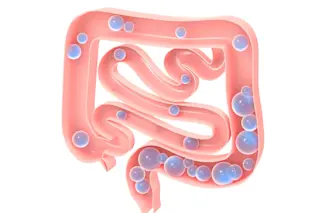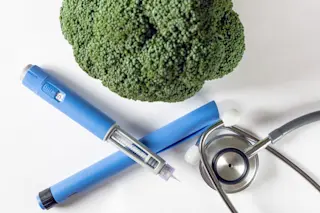How do you prefer your beef? Certified Angus, grass fed, or culled from a petri dish? That last option may be coming your way soon, courtesy of Jason Matheny*, a biologist at Johns Hopkins University. He is the founder of New Harvest, a loosely knit consortium of international scientists who are investigating an innovative new way of satisfying the world’s craving for meat. They plan to grow it in a lab—no animals required.
Lab-grown meat won’t make many top-10 lists as a natural food, but the New Harvest Web site calls it “less unnatural than raising farm animals in intensive confinement systems, injecting them with synthetic hormones, and feeding them artificial diets made up of antibiotics and animal wastes.” Known as in vitro or cultured meat, the end product, grown from stem cells, could alleviate environmental and health concerns associated with most animal protein (not to mention moral qualms about ...















